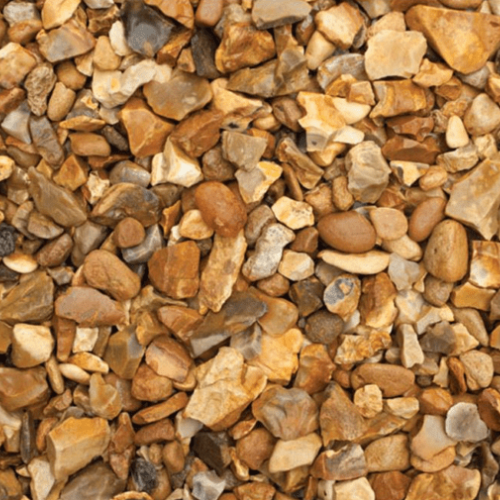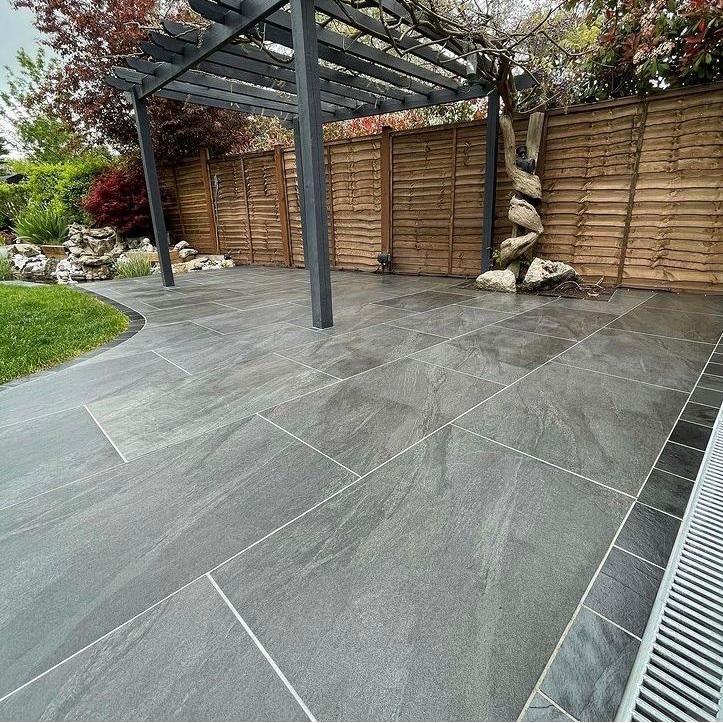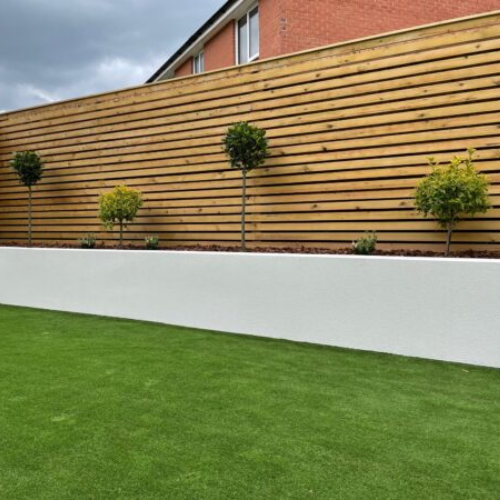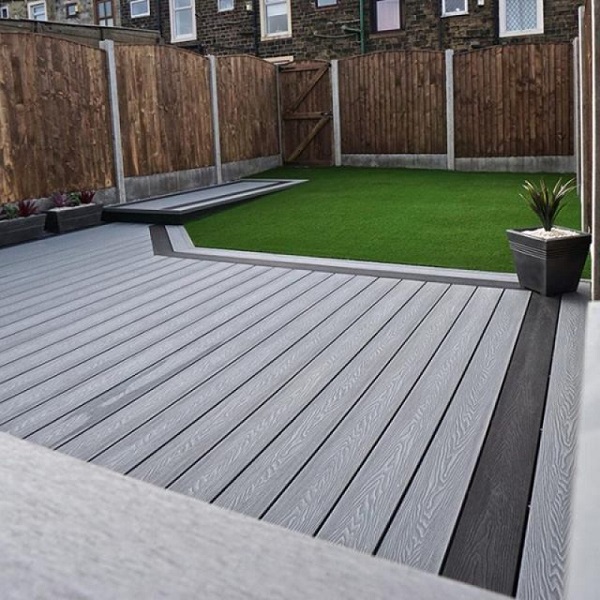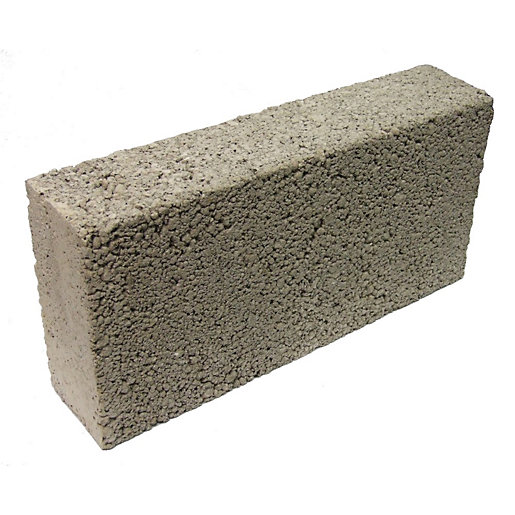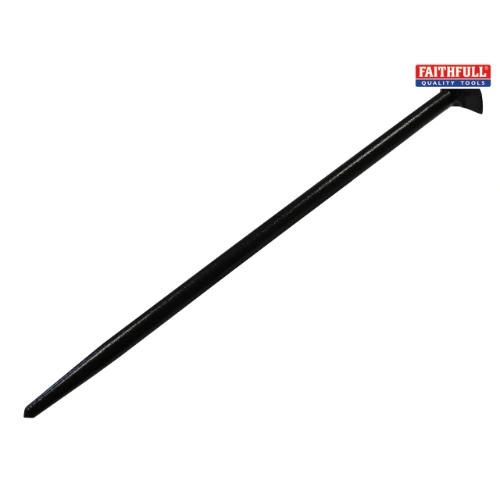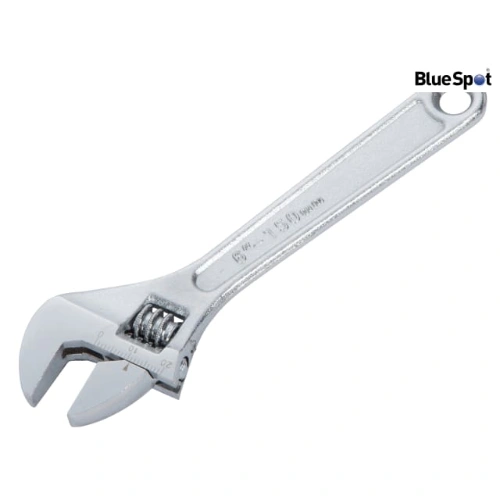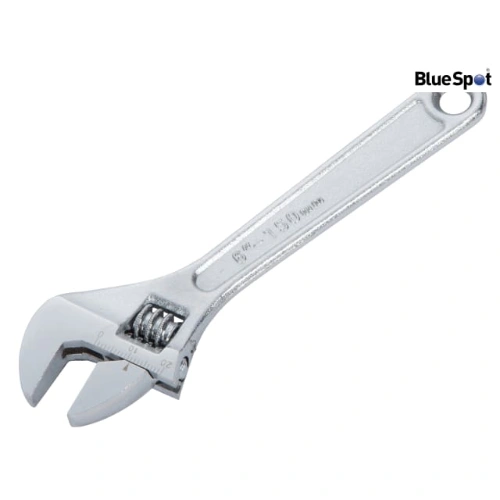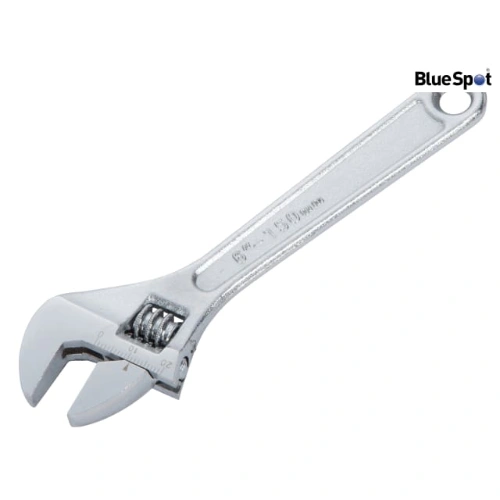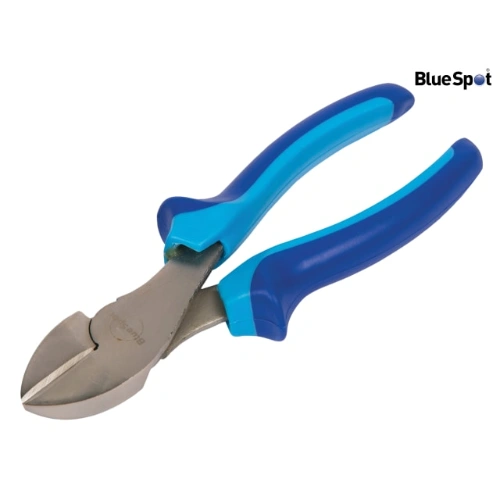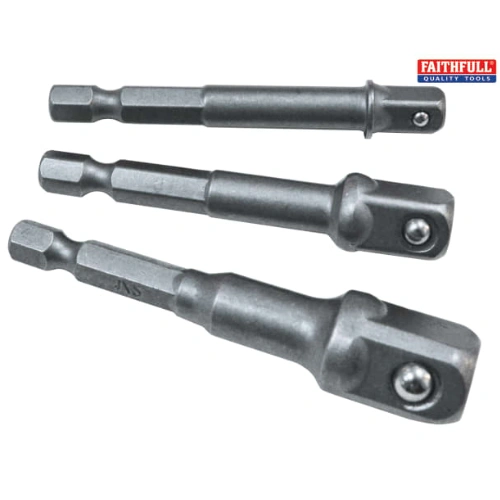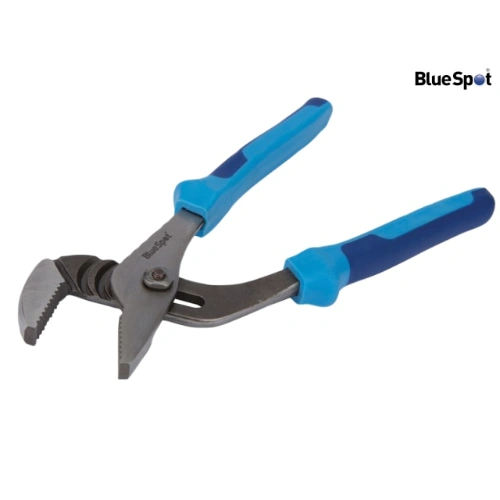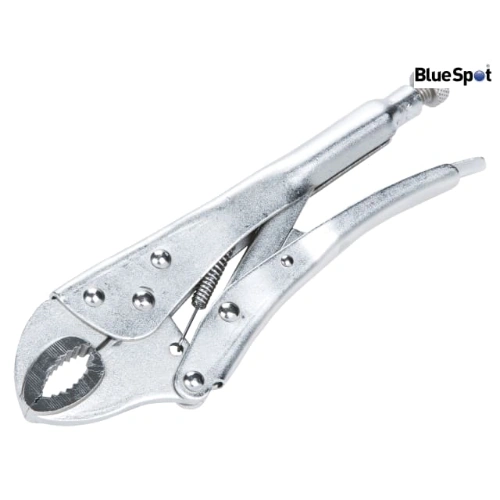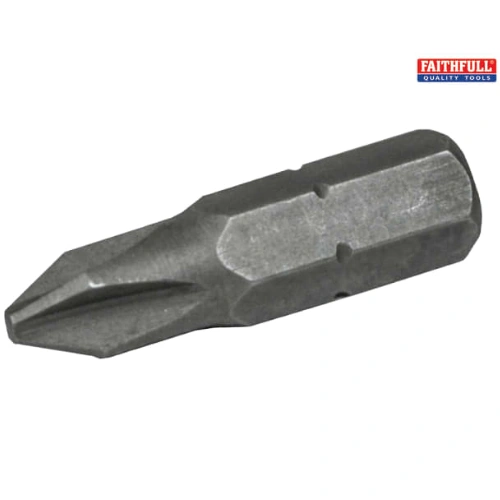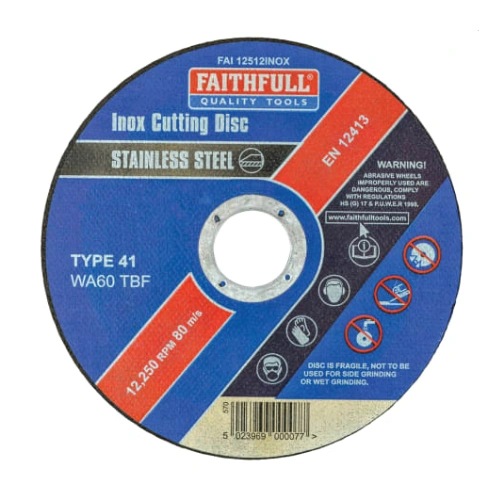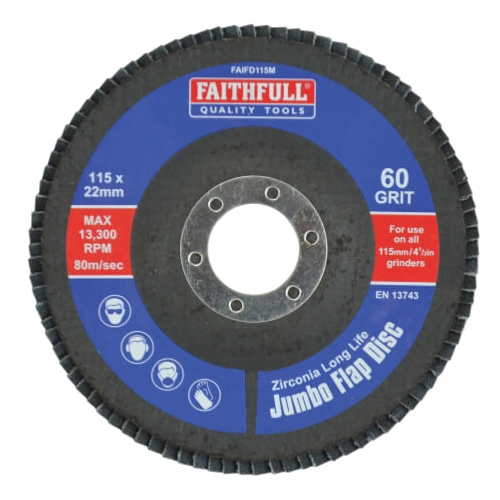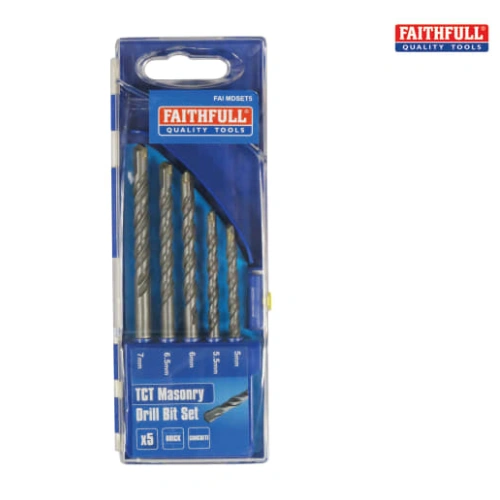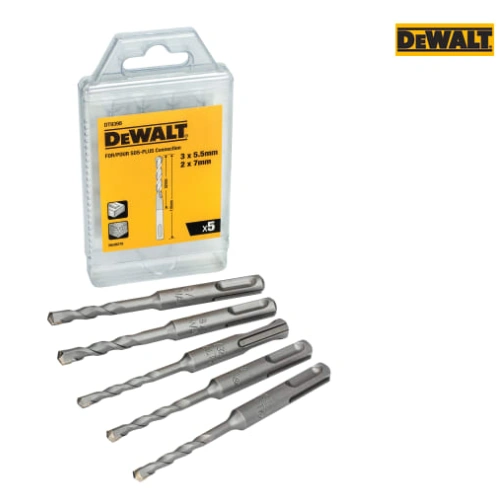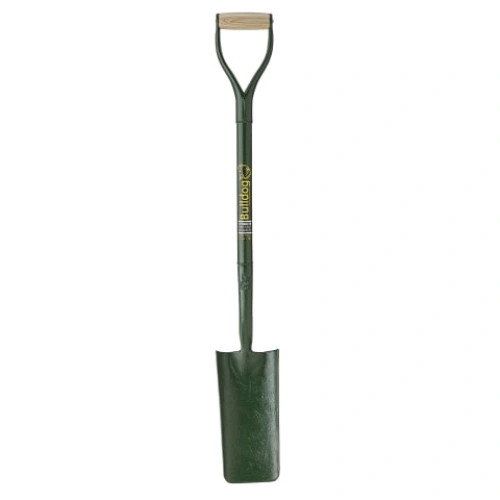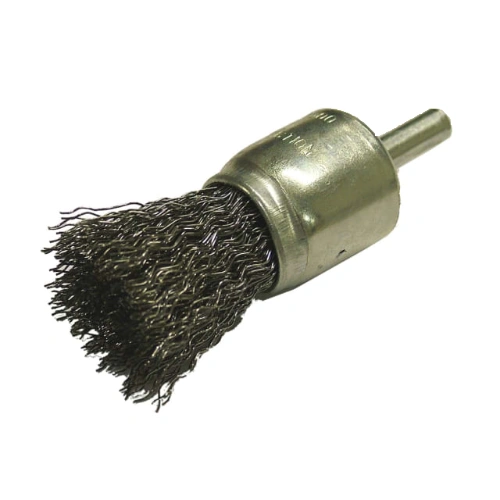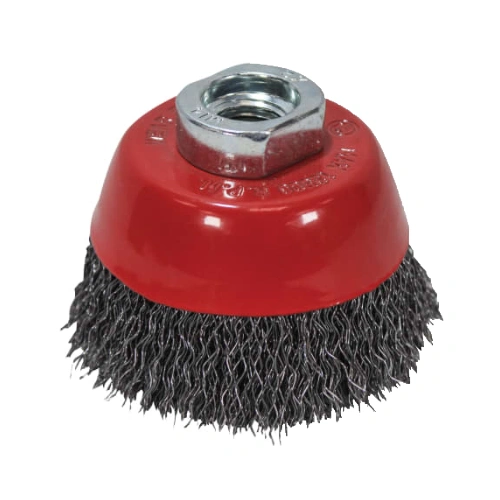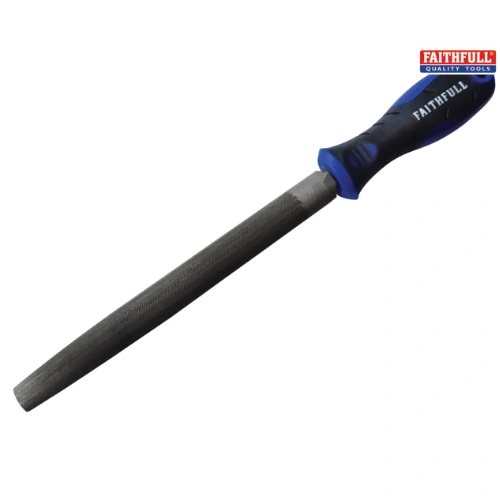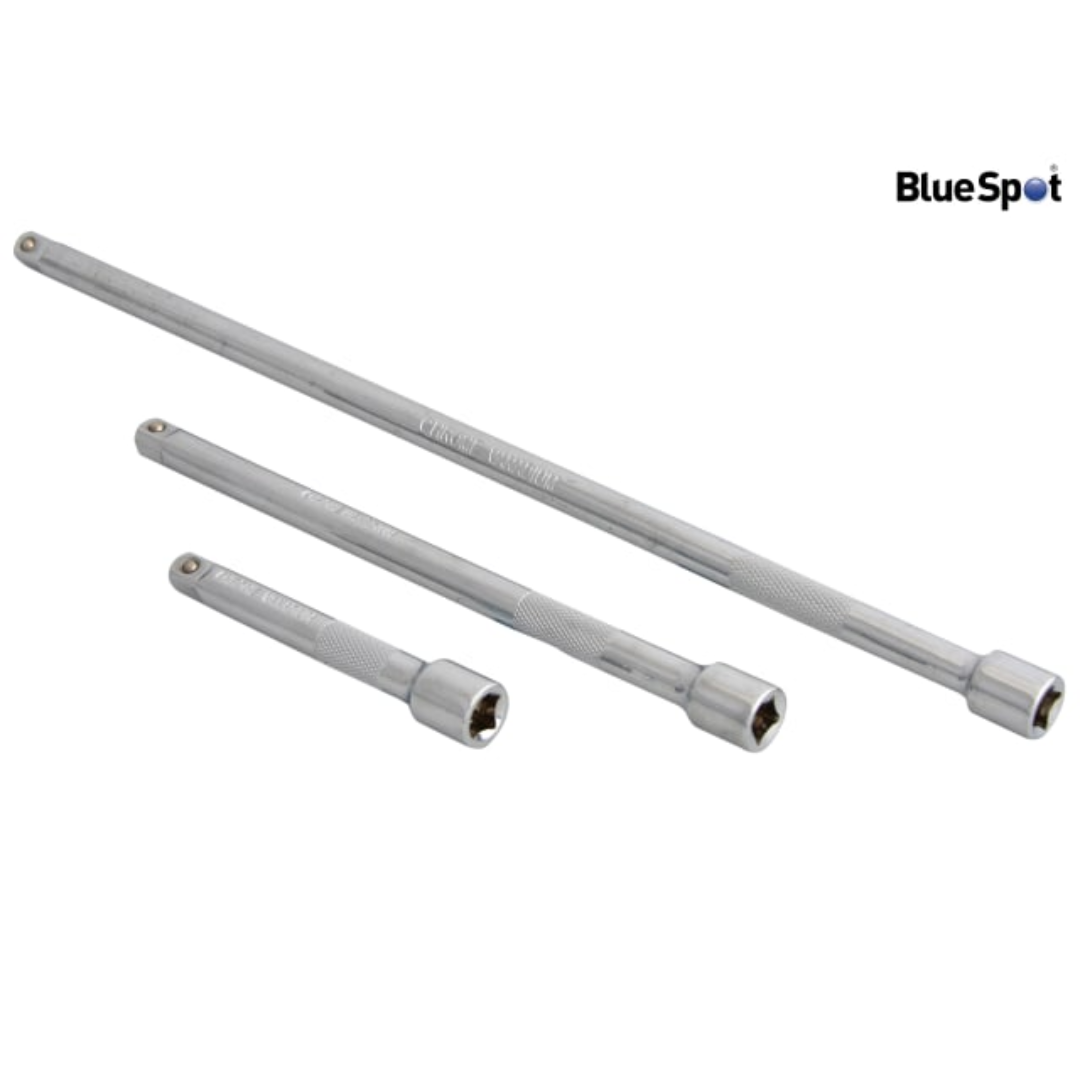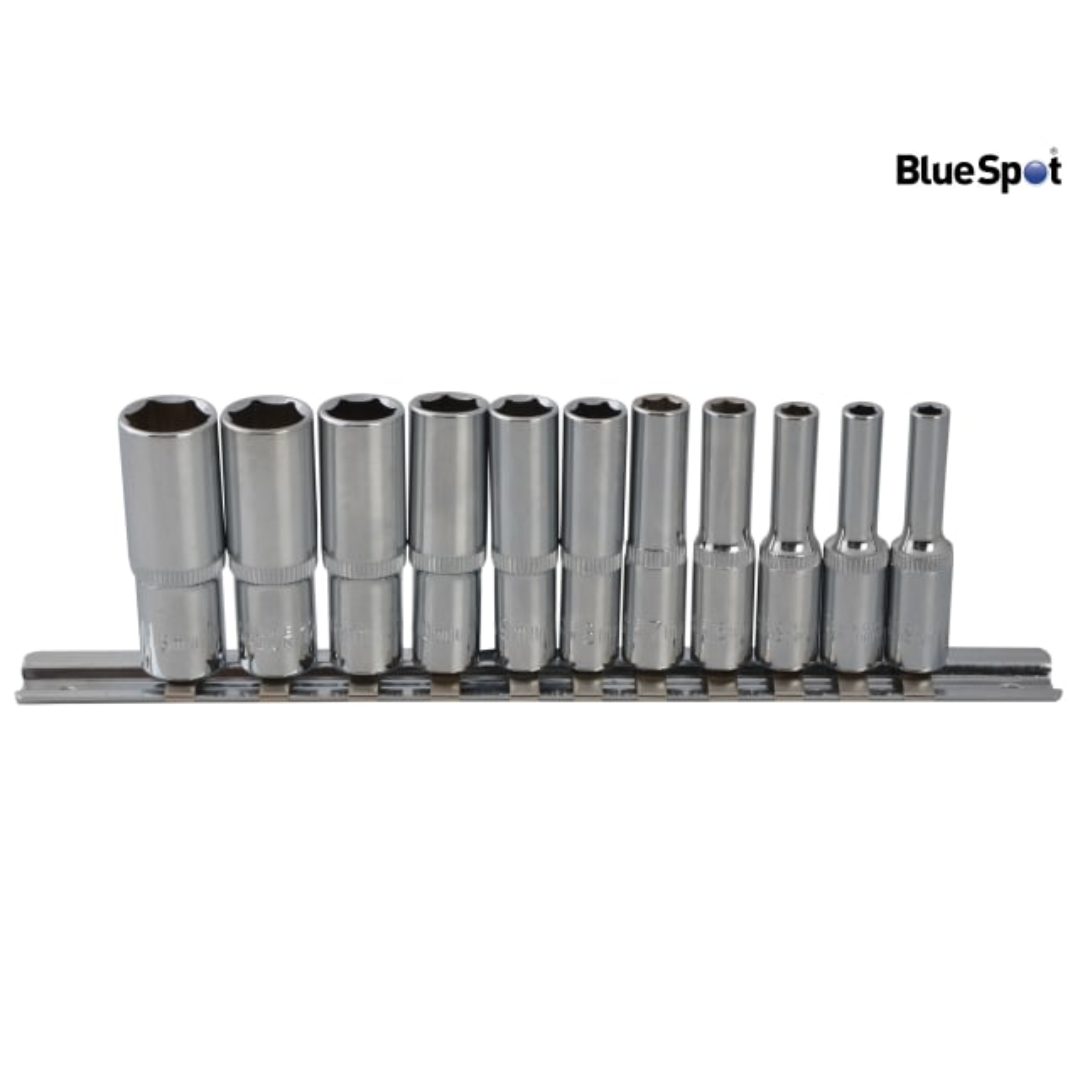Building Products
Our comprehensive range of building products provides everything you need to complete construction and renovation projects to the highest standard. We offer competitive prices across all Read More
FAQs (Frequently Asked Questions)
1. Builders Sand vs Silica Sand?
Builders sand is soft and ideal for mortar and general construction, while silica sand is hard, high-purity, and used for concrete, glass, and industrial purposes.
2. How do I clean building bricks and blocks?
Use a stiff brush and water for general dirt, or a mild detergent for tougher stains; for moss or algae, a mix of water and white vinegar works well. Avoid high-pressure washing on older bricks to prevent damage.
3. What drainage channel should I use for my patio?
For a patio, the drainage channel you choose depends on water volume, aesthetics, and material:
Plastic or polymer channels
Lightweight, easy to install, suitable for small to medium patios.
Concrete channels
Strong, durable, handle heavy runoff, ideal for large patios or driveways.
Metal channels (stainless steel or galvanised)
Sleek look, corrosion-resistant, good for modern patios.
Tip: Choose a channel with a grate size and load rating suitable for foot traffic (and vehicles if needed) and ensure it’s connected to proper drainage to prevent pooling.
4. What are the different types of cement?
General Purpose Cement (Portland Cement)
-
Used for most construction purposes: concrete, mortar, and rendering.
-
Available in 25kg bags (paper or plastic).
Rapid Set / Postcrete
-
Sets quickly, ideal for fence posts, signposts, or urgent repairs.
-
Usually ready-mixed; just add water.
Sand & Cement Mortar Mix
-
Pre-mixed blend of sand and cement, ready for bricklaying, blockwork, or rendering.
Tile Adhesive / Specialist Cement-Based Adhesives
-
Used to fix tiles, stones, or brick slips to walls or floors.
Cement Dyes / Colouring Additives
-
Added to cement mixes for coloured concrete or mortar.
5. Common Bricks vs Engineering Bricks
Common bricks are cheaper and suitable for general walls, while engineering bricks are stronger, denser, and ideal for foundations or damp areas.

